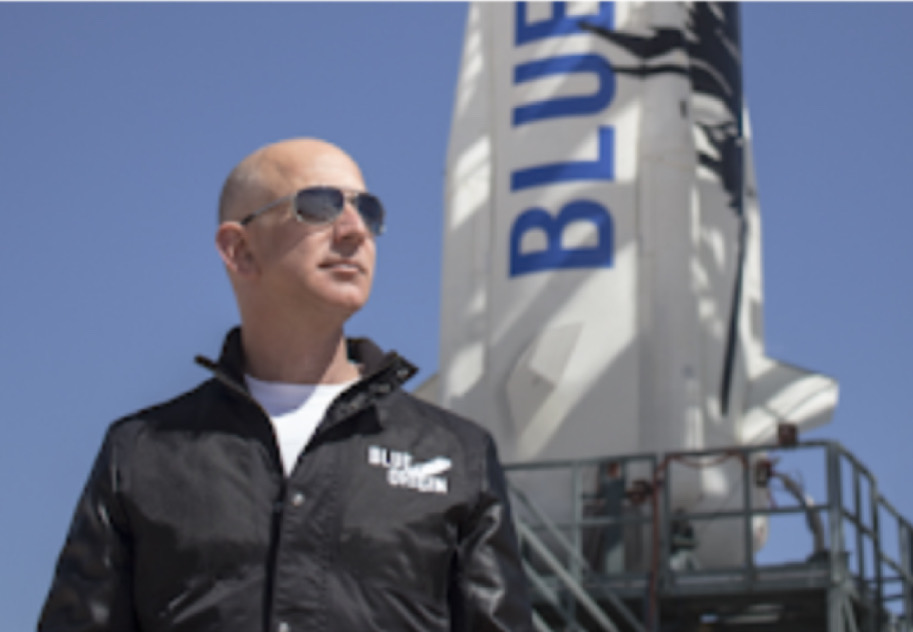Jeff Bezos’ Blue Origin Successfully Tests New Rocket on Maiden Flight

SHARE
Jeff Bezos’ Blue Origin took another bold step into the space race, launching its powerful New Glenn rocket on its maiden flight, lighting up the skies over Cape Canaveral. With a steady roar and a brilliant blue-white plume, the rocket ascended early Thursday morning, marking a significant moment for the company as it eyes competition with SpaceX in the evolving space industry.
The New Glenn mission faced both challenges and triumphs, further cementing Blue Origin’s position as a serious contender in the space launch arena.
The launch of New Glenn, named after astronaut John Glenn, was a pivotal moment for Blue Origin. Like SpaceX’s Falcon 9, the New Glenn rocket boasts reusability—an essential feature for cost-effective space exploration. The first stage, powered by seven methane-fueled BE-4 engines, was designed to return and land on Blue Origin’s recovery ship, Jacklyn, named after Bezos’ mother.
Despite some initial setbacks, including bad weather in the booster’s landing zone and a minor technical issue delaying the launch by a week, the New Glenn rocket was successfully launched on January 16th, at 2:03 a.m. EST from Cape Canaveral Space Force Station.
The first stage’s powerful engines roared to life, pushing the rocket upward in a spectacular show visible to Blue Origin employees and onlookers alike. This was just the beginning of what was hoped to be a flawless mission.
The New Glenn’s first stage completed its job by propelling the upper stage beyond the lower atmosphere, but its return attempt did not go as planned. Telemetry from the rocket was lost during its descent, and the company confirmed that it likely did not land successfully on the recovery ship.
Still, Blue Origin’s primary objective—reaching orbit—was achieved, with the upper stage and its payload, the Blue Ring Pathfinder, successfully reaching space.
.
Though the first-stage landing did not succeed, Blue Origin’s overall progress was undeniable. The Blue Ring Pathfinder, designed to act as a space tug, demonstrated the company’s ability to deploy and manage spacecraft in orbit.
This is a crucial step forward in Blue Origin’s ambitions to host and deploy satellites and perform other orbital services. For now, the Blue Ring remains in orbit, completing tests on its systems and proving that the company is capable of carrying out more complex missions in the future.
As the space industry continues to evolve, Blue Origin’s competition with SpaceX remains fierce. Musk’s company has already established itself as the dominant player, with numerous successful Falcon 9 missions and the development of the Super Heavy-Starship, an even larger and more powerful rocket.
Blue Origin’s first step into this competitive landscape may not have been perfect, but the successful reach of orbit demonstrates the company’s growing capabilities. As it looks ahead to another launch in the spring, Bezos and his team are pushing forward with a clear vision for space exploration’s future.
*Cover Photo/Thumbnail Photo from space.com
RELATED ARTICLES

Jim Caviezel’s Close Call During “The Passion” Revealed

From Girls Gone Bible to True Freedom with Arielle

TV Shows for Christian Families to Enjoy on Christmas

Angel Studios, Butch Hartman Team on ‘The Christmas King’ Movie








